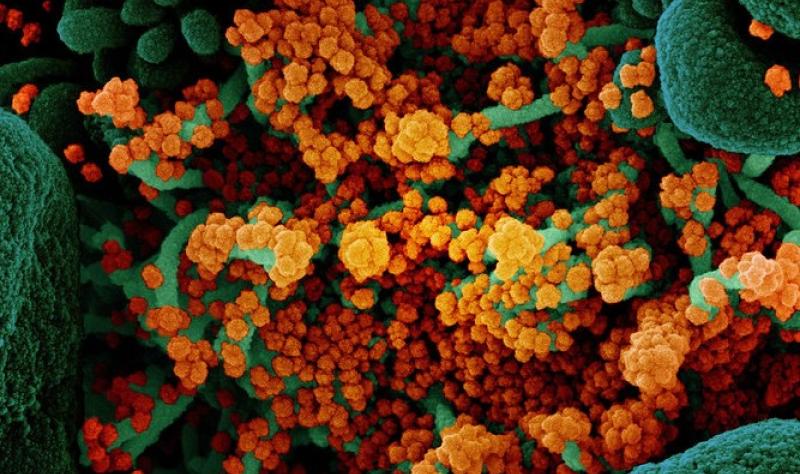
The Food and Drug Administration (FDA) outside advisory committee today recommended that new booster shot versions include an Omicron variant component, as newer subvariants expand their footprint and the nation faces an uncertain fall and winter with the virus.
In its weekly update today, the Centers for Disease Control and Prevention (CDC) said the proportion of BA.4 and BA.5 subvariants increased sharply last week, mainly due to BA.5.
Progress on complex issues
During today’s hearing, the Vaccines and Related Biological Products Advisory Committee (VRBPAC), the group heard from vaccine producers, including Novavax, which is still waiting for the FDA to act on VRBPAC’s recent emergency use recommendation. The experts also heard from federal health officials, its own staff, and an expert on modeling to gain insight on how virus spread might unfold over the fall and winter.
Before the advisers approved the booster recommendation by a 17-to-2 vote, they heard from Kanta Subbarao, MD, from the World Health Organization (WHO) flu research collaborating center in Australia, who walked them though a WHO technical group’s recent deliberations. On Jun 17, the WHO group weighed in on modified vaccines, saying they may need to be updated with the Omicron variant to prompt a broader immune response.
Subbarao emphasized today that VRBPAC shouldn’t shoot for a perfect match with subvariants, but should focus on broadening the immune response by including Omicron, which is the furthest phylogenetic distance away from the original strain.
The voting question was whether to include an Omicron component in COVID-19 booster shots, but the committee was also asked to assess the possibility of including more recent BA.4 and BA.5 subvariants and to extrapolate the data to different age-groups.
Though mRNA vaccine manufacturers said they can start distributing bivalent vaccine doses this summer, they noted it would take a few months longer to produce versions that target BA.4 and BA.5.
VRBPAC members considered the changes in a difficult setting in which the US proportion of more transmissible variants increases and with less clear data on how current vaccines measure up against BA.4 and BA.5. They also worry about potential fall and winter waves and if vaccines will become less effective at preventing severe disease.
Peter Marks, MD, PhD, who directs the FDA’s Center for Biologics Evaluation and Research, said “This is science at its hardest.”
Strain selection differs from flu
In comments after the vote, Amanda Cohn, MD, a VRBPAC member who is with the CDC National Center for Immunizations and Respiratory Diseases, urged companies to collect as much data as possible.
She emphasized that an FDA recommendation gives the nation the right kind of vaccine for boosters that may be needed in the fall, but it shouldn’t be viewed as a decision to deploy boosters.
Bruce Gellin, MD, MPH, a temporary voting member who is chief of global public health strategy at the Rockefeller Foundation, said recommending strain changes for COVID-19 vaccine won’t likely follow the same process as for flu vaccines, because SARS-CoV-2 changes at a higher level. He also raised concerns about how strain-change recommendations might affect vaccine production at the global level.
As the next step, the FDA will decide on whether to accept the group’s recommendation.
BA.4 and BA.5 expand dominance
The CDC said today that BA.4 and BA.5 now make up 52.3% of subtyped samples, up from 35% the previous week.
A rising proportion of BA.5 made up most of the jump, with BA.5 now making up 36.6% of samples and BA.4 making 15.7% of samples. Of the two related subvariants, BA.5 is on track to become dominant in other countries, including the United Kingdom.
Nationally, COVID-19 cases have been flat at an elevated level over the past month, with the 7-day average for new daily cases 108,215 cases, with daily deaths averaging 333, according to the New York Times tracker. About 68,000 COVID-19 cases were reported in children last week, down sharply from the Omicron peak but still at a higher level than a year ago, the American Academy of Pediatrics said in its weekly update.


